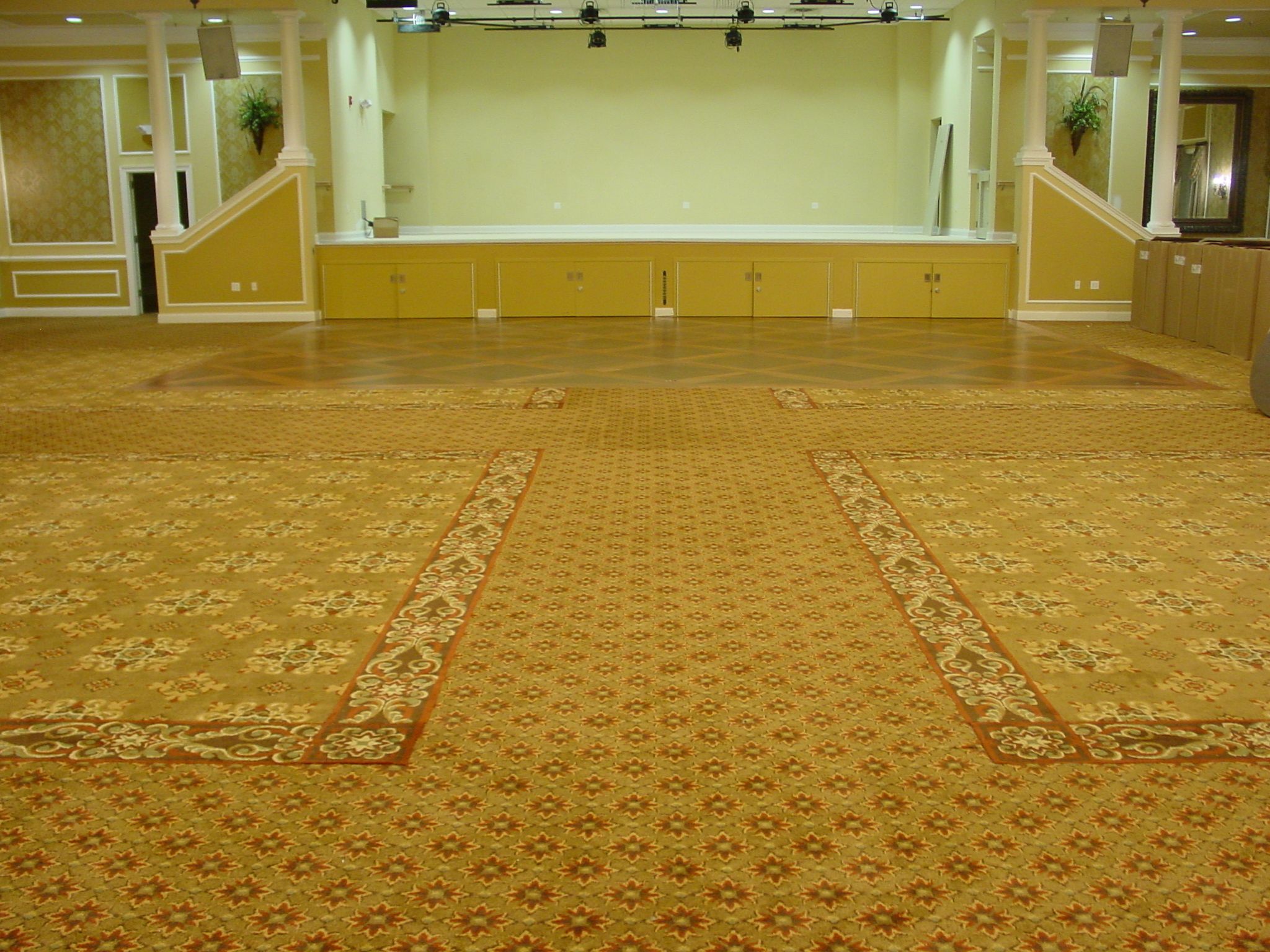Carpet Installation Services
Serving Ocean and Monmouth counties and the surrounding areas
Schedule Online

Carpet flooring is one of the most popular choices for homeowners looking for warmth, comfort, and timeless elegance. At Carpet Castle Inc., we offer a wide variety of high-quality carpets in different styles, colors, and textures to suit any space. Whether you're looking for plush luxury or durable, stain-resistant options, we have the perfect solution for you.
Hidden Benefits of Carpet Flooring
Soft & Comfortable Underfoot – Provides warmth and a cozy feel
Noise Reduction – Helps absorb sound for a quieter home
Improved Indoor Air Quality – Traps allergens and dust, keeping the air cleaner
Enhanced Safety – Reduces the risk of slips and falls
Wide Variety of Styles – Choose from a range of textures, colors, and patterns
Professional Carpet Flooring Services
At Carpet Castle Inc., we specialize in providing expert carpet flooring installation services. Our team of professionals ensures a seamless and precise installation, using the highest quality materials and techniques to deliver outstanding results.
Enhance Your Home with Luxurious Carpet Flooring
Choosing carpet flooring not only enhances the comfort of your home but also adds to its aesthetic appeal. Whether you need carpet for a cozy bedroom, a formal living space, or a high-traffic commercial area, our team will help you find the best fit for your needs.
To learn more about our hardwood flooring services and how they can transform your home, contact the experts at Carpet Castle Inc today. We're here to provide you with comprehensive solutions and exceptional service that bring your hardwood flooring dreams to life.
Schedule Online
What Customers Are Saying

5 / 5
Carpet Castle Inc is a Lifesaver!
"I recently engaged Carpet Castle Inc for flooring installation services, and I couldn't be happier with the results. Their team was efficient, professional, and left my home looking stunning – I highly recommend them for anyone in need of top-quality flooring solutions!"
Derek B
Why Choose Carpet Castle Inc
Fully Insured & Registered
Flexible & Reliable
100% Satisfaction Guaranteed
High Quality/Eco-Friendly Solutions
LOCAL BUSINESS
Workmanship Warranties
Areas We Serve
LOCATION
Carpet Castle Inc
Toms River, NJ 08753
1358 Hooper Ave., Ste 301
Main Office: (848) 306-0206
Email: [email protected]
HOURS
Weekdays: 8am - 6pm
Weekends: On Call
EMERGENCY SERVICE AVAILABLE
QUICK LINKS
COPYRIGHT © 2025
ALL RIGHTS RESERVED // PRIVACY POLICY // TERMS AND CONDITIONS